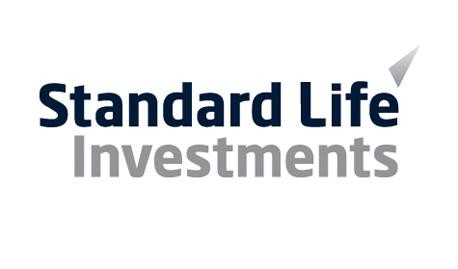Mutual Funds 101_1
Post on: 4 Июнь, 2015 No Comment

Related Stories
Mutual funds are assets from various investors that are pooled together and invested by the company issuing the mutual fund. A mutual fund allows diverse investment portfolios to be held by individual investors without the costs of many separate, smaller trades.
Before investing in mutual funds, take time to define your goals. For example, are you searching for relatively secure investments, or trying to maximize return? There are a dizzying number of mutual funds available, and it’s best to consult financial professionals to determine the right investments for your situation.
Advantages and Disadvantages
Many mutual funds permit initial investments as low as $1,000, so it is easy to get started. Aside from affordability, advantages of mutual funds include professional management and high liquidity. Potential disadvantages include loss of investment, high costs (even with negative returns), limited control over trading, and price uncertainty compared to stocks (valuations of mutual funds are not in real-time).
Types of Mutual Funds
There are two main categories of mutual funds: open-end and closed-end.
- Closed-end Funds — have a fixed number of shares that are issued through a public offering. These shares trade on the open market at fluctuating values, just like individual stock issues. A closed-end fund does not issue new shares or redeem existing shares, so liquidity is provided by the marketplace. Closed-end funds represent a relatively small share of total mutual fund volume.
- Open-end Funds – comprise the vast majority of mutual funds. The number of shares is not set in advance and liquidity is provided by redeeming one’s shares with the mutual fund sponsor. (Thus, open-end funds are creating and destroying shares on an ongoing basis.) Redemption value is based on the current net asset value of the underlying investments within the fund.
Within open-end funds, there are two subsets: load and no-load. Put simply, a “load” is a sales commission. So no-load funds, as the same suggests, do not assess these commissions. This can help drive higher total returns due to reduced fund expenses.
Multiple Asset Classes to Choose From
The primary asset classes of mutual funds are:
- Money market funds — Relatively low-risk (thus relatively low return) and limited by law to a class of short-term, high quality investments. Dividends usually reflect short-term interest rates. These funds are stable, but losses can still occur — and gains may not keep up with inflation.
Stock funds vary greatly, but here are some typical styles:
Gains are through dividends, capital gains distributions, or increased NAV (net asset value) of your stock. Dividends or distributions may be taken as cash or reinvested.
You can buy mutual funds directly or through banks, financial planners, insurance agents or brokers (either brick and mortar or online). There are several kinds of fees involved, varying by fund.
Charges that can go to a broker:
- Sales charge on purchase (front-end load): Paid off the top; the rest goes into the fund.
- Deferred sales charge (back-end load): Pay when you sell. Typically, the fee decreases the longer you hold the fund.
Similar charges that can go to the fund instead of the broker are called purchase fees (up-front) or redemption fees (deferred).
Other fees can include exchange fees (if transferring within the same fund group), account maintenance fees, operating expense management fees, and distribution/service fees. Check the prospectus for a fee table (required by the SEC) and make sure you understand all the charges before investing. Look for the Expense Ratio, which is the total of all operating expenses as a percentage of average net assets.
Finally, be sure you understand the tax situation. Unless your mutual fund is within a 401(k) or similar tax-sheltered vehicle, you will owe taxes on your dividends and capital gains. With mutual funds, you have the potential added tax burden of capital gains on the fund itself. Also, check the timing of distributions — if you buy right before a distribution, you could pay taxes on a gain in which you did not participate.
Whether you’re acting on a tip from your brother-in-law, or a financial “expert” on TV, or an online news article, do your homework before investing. That includes checking out the fund as well as the underlying investments the fund makes. One of the advantages of buying into a mutual fund, letting a professional manage your money, can quickly become a disadvantage if the fund selected starts dropping in value.














